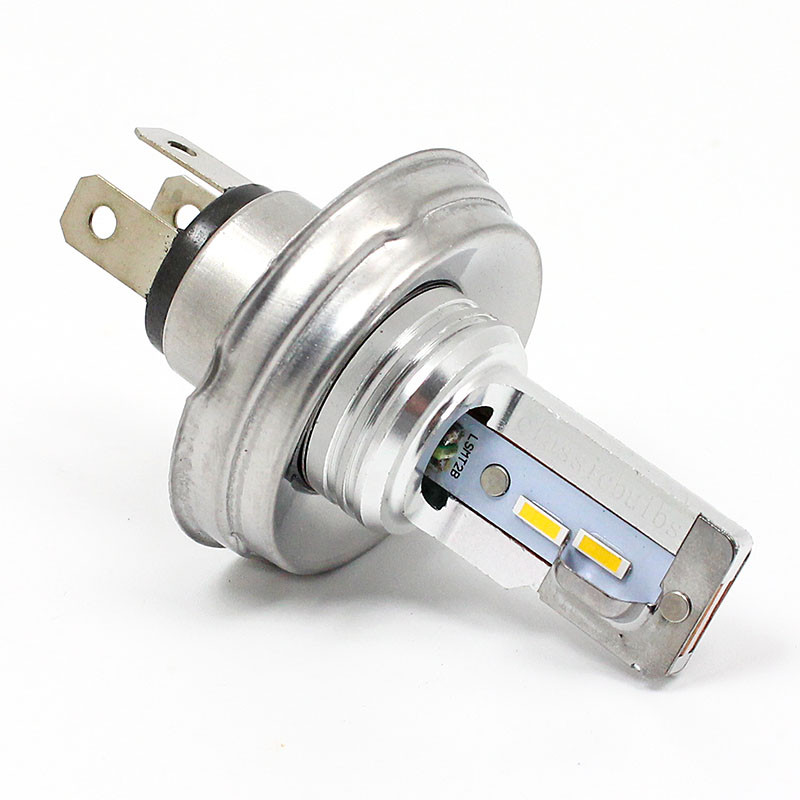Upgrading outdated lighting systems is one of the most effective ways to save energy, lower electricity bills, and improve light quality in homes, offices, and industrial spaces. LED Retrofit: A Comprehensive Introduction to Replaceable LED Lamps is essential for anyone considering the transition to energy-efficient, long-lasting LED technology.
In this guide, we’ll break down what LED retrofits are, how replaceable LED lamps work, their features, benefits, installation tips, and what you should consider before making the switch.
What is an LED Retrofit?

An LED retrofit refers to the process of upgrading existing light fixtures by replacing older bulbs—such as incandescent, halogen, or fluorescent—with energy-efficient LED lamps. Instead of replacing the entire fixture, a retrofit allows you to keep the housing while swapping in new LED technology.
Why Retrofitting Matters
- Cost savings: Lower utility bills due to reduced energy use.
- Sustainability: LEDs last significantly longer, reducing waste.
- Flexibility: Works with most existing fixtures.
By using replaceable LED lamps, property owners can achieve a modern lighting solution without extensive rewiring or costly replacements.
Features of Replaceable LED Lamps
When considering LED Retrofit: A Comprehensive Introduction to Replaceable LED Lamps, it’s important to highlight their key features.
1. Energy Efficiency
Replaceable LED lamps consume 60–80% less energy compared to traditional bulbs.
2. Long Lifespan
On average, they last 25,000–50,000 hours, which is 20–30 times longer than incandescent bulbs.
3. Compatibility
Retrofit LEDs are designed to fit into standard sockets (E26, GU10, etc.), making them easy to install.
4. Dimmable Options
Many retrofit LEDs are dimmable, allowing users to adjust brightness levels.
5. Light Quality
They offer consistent color temperature options (warm, neutral, daylight) and high CRI (Color Rendering Index) for better visual accuracy.
6. Safety and Compliance
Certified LED retrofit lamps meet safety standards such as UL, Energy Star, and RoHS compliance.
Benefits of LED Retrofit with Replaceable Lamps
To fully appreciate LED Retrofit: A Comprehensive Introduction to Replaceable LED Lamps, let’s review the biggest advantages:
- Energy Savings – Reduce lighting energy consumption by up to 80%.
- Lower Maintenance – Fewer bulb replacements save time and labor costs.
- Better Light Quality – Improved brightness and color consistency.
- Eco-Friendly – LEDs contain no mercury and are recyclable.
- Increased Safety – Lower heat emission reduces fire hazards.
- Versatile Applications – Suitable for homes, offices, warehouses, and outdoor spaces.
- Financial Payback – ROI can be achieved in as little as 1–2 years.
Types of LED Retrofit Lamps
Retrofit Bulbs
These are direct replacements for traditional bulbs and come in standard shapes like A19, BR30, and MR16.
Retrofit Kits
Include an LED lamp with additional hardware for installation in recessed cans or specialized fixtures.
Linear LED Retrofits
Designed to replace fluorescent tube lights (T8, T12).
Outdoor Retrofit Lamps
Used for parking lots, street lighting, and industrial areas.
How to Choose the Right LED Retrofit Lamp
When planning LED Retrofit: A Comprehensive Introduction to Replaceable LED Lamps, keep these factors in mind:
- Wattage equivalence: Ensure brightness matches your old bulbs.
- Color temperature: Warm (2700K) for cozy areas, daylight (5000K+) for workspaces.
- Dimmability: Check if your dimmer switch is LED-compatible.
- Fixture type: Ensure compatibility with existing housing.
- Certifications: Look for Energy Star or DLC certification for efficiency assurance.
Step-by-Step LED Retrofit Installation Guide
- Turn off the power at the circuit breaker.
- Remove the old bulb or fluorescent tube.
- Check fixture compatibility with LED retrofit lamps.
- Install the LED lamp by screwing or inserting it into the socket.
- Test the lamp by turning the power back on.
For complex retrofits like fluorescent tube replacements, consult an electrician.
Cost Savings from LED Retrofit
Example Calculation:
- Old fixture: 60W incandescent bulb, 1,000 hours per year.
- New retrofit LED: 10W LED bulb, same usage.
- Annual energy saved: (60W – 10W) × 1,000 hrs = 50 kWh.
- At $0.15/kWh → $7.50 saved per bulb per year.
Multiply this across dozens of bulbs in a facility, and the cost savings are significant.
Environmental Impact of Replaceable LED Lamps
By switching to replaceable LED retrofit lamps, households and businesses reduce carbon emissions and waste. A single LED prevents about half a ton of CO₂ emissions over its lifetime compared to an incandescent bulb.
External resource: U.S. Department of Energy LED Lighting Facts
Common Myths About LED Retrofits
- Myth: LEDs are too expensive.
Truth: Prices have dropped over 80% in the last decade. - Myth: LEDs don’t work with dimmers.
Truth: Many retrofit LEDs are dimmable with compatible switches. - Myth: Retrofit lamps give poor light quality.
Truth: Modern LEDs offer high CRI and natural lighting.
Final Thoughts
LED Retrofit: A Comprehensive Introduction to Replaceable LED Lamps highlights why upgrading lighting is a smart investment for homeowners, businesses, and municipalities. From cost savings and energy efficiency to improved light quality and eco-friendly benefits, retrofit LEDs are a proven solution for modern lighting needs.
By choosing the right retrofit lamps and understanding their features, you can enjoy long-lasting illumination while reducing environmental impact and cutting costs.




